If you primarily quilt or craft, odds are that your fabric collection is overwhelmingly composed of cottons. That might be the case if you mostly sew clothing, too, but apparel sewers tend to accumulate other fabric types, as well, and knowing how to deal with the various textures and weaves and weights can get tricky. Organizing your fabric stash according to the type of fabric can help tease out which categories you’re leaning on most heavily, and balance out a collection that leans in one direction to such a degree that you’re prevented from tackling new projects. Say, you really want to make a fabulous trench but have mostly purchased lightweight cottons, or you’ve gotten the overwhelming urge to whip up a pair of snazzy wool slacks only to learn that every time you splurge on fabric it’s silk and not wool. Few things make me more irritated than to be up late at night, no one looking for me, all the time in the world to tackle that idea I’ve had nibbling the back of my brain, and not have the fabric on hand to make it happen. Keeping all my fabrics arranged so that I can splurge tactically and with strategy sounds so…in control.
Organizing according to fabric type can also allow you to compartmentalize your fabrics a little easier: a fabric collection–because that’s really what it is, a collection that you’re saving up because it’s so fabulous–entirely sorted by color can get unwieldy and hard to manage. Eventually the sheer bulk of it prevents you from making divisions and separating out “bundles” that can be put in a different compartment or bin. Sort by fiber and content, though, and it becomes easier to make piles that will fit tidily into smaller spaces, allowing you to divide up a large collection into smaller chunks that are more accessible and easier to store. That way, not only do you always know what you have and where it is, but you’re better able to use the fabric itself as decor, like some of the really amazing studios I’ve been drooling over sinfully envying looking at these past weeks.
If you’re leaning toward using fiber content to divide up your stash for storage, and I’m feeling pretty tempted at this point, think about how that looks: does each piece get folded, or do some need to be rolled on a tube? Can smaller pieces be placed all together, or do you have a lot of silks and wools that might require acid-free paper between layers to keep them lovely? How long will you be storing some of these bits–are they vintage (or destined to become so)? Are they delicate? Are they rare? Various types of fabric might ask you to treat them with different levels of care in order to make them last the longest. I’ve already written about the heartbreak I experienced when some of the silk panels my great-grandmother brought back from Asia in the 1920s were destroyed in our flood; some tragedies are unavoidable, but others–like permanent creases in silk dupioni–are totally preventable, if you plan ahead.
Most organized stashers I know have some version of a fold-and-stack method going on. For a lot of the cuts we collect, there just isn’t enough yardage to think about scoring some empty cardboard bolts from your local fabric shop (which they’ll gladly give you, I promise, especially the big box fabric stores–they’re over-run and can’t wait to unload those puppies). It makes more sense with small portions to simply fold it up. Not all fabrics lend themselves to that, though, and even very small pieces could benefit from being stored more fancy-like. Depending on the weight and thickness of your fabric, consider a slightly more sophisticated mini-bolt system, like the one featured over at Threads last week, using acid-free card stock and creating tiny little bolts all the same size, which take any type of fabric and make it perfectly display-able.
Right now, I’m suffering a lack of much variety in my fibers: most of my gorgeous and long-hoarded wools and silks were ruined in that same flood, and I’ve yet to replace them. So I’m considering sorting by sheer yardage–another topic for another day! Until then, if you’re looking for a fantastic online primer of fabric types, check out the resources Kim has compiled over at TrueUp.

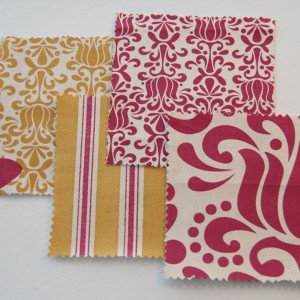

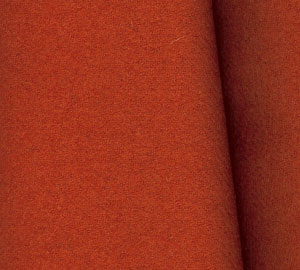
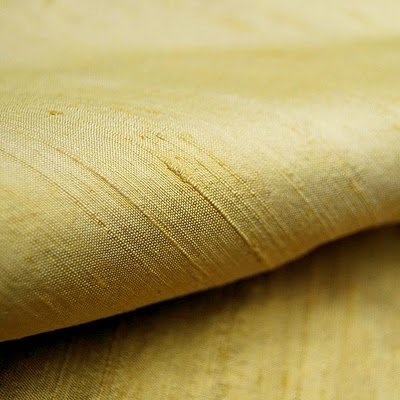
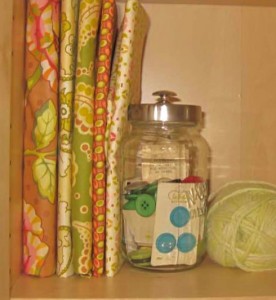
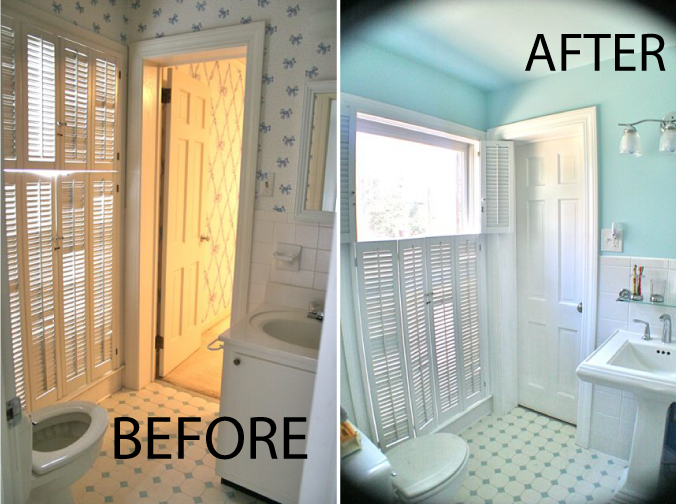
dana
May 2, 2010 at 10:11 pmOkay, I don’t know where I’ve been. Somehow google reader is not giving me updates on your blog! Grrr.
Just today I thought, I wonder if she had the baby….I should go look on her blog.
No baby post, but UMMMM, totally cool looking blog! You’ve vamped it up bigtime! LOVE it. nice work lady!